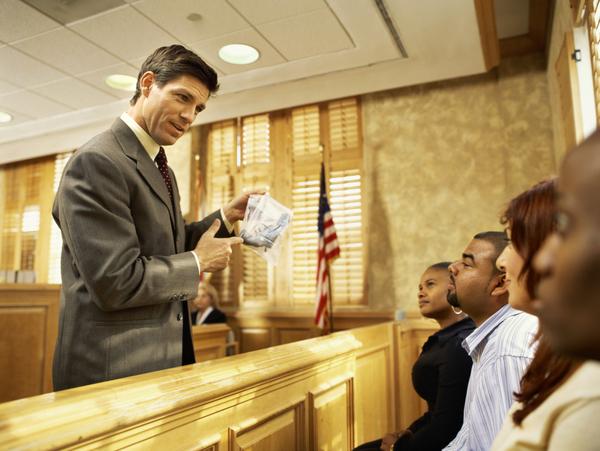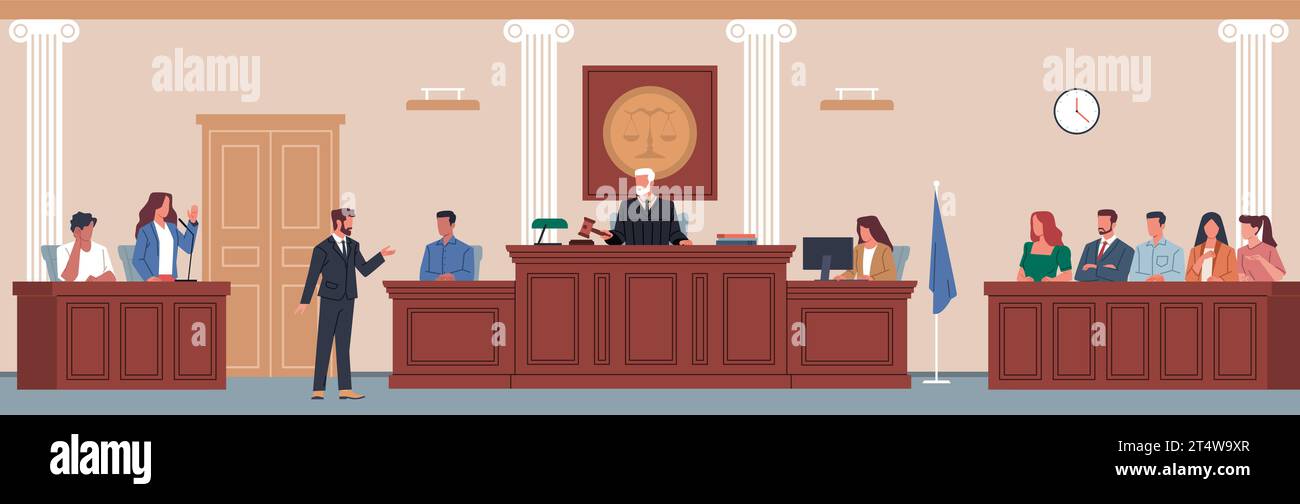Clarify legal arguments with interactive and structured trial presentations designed for clarity.
Clarify legal arguments with interactive and structured trial presentations designed for clarity.
Blog Article
Just How Test Presentations Enhance Your Disagreement and Encourage Jurors
Trial presentations serve as a pivotal mechanism for improving lawful debates and convincing jurors. By integrating aesthetic aids, narrative frameworks, and emotional interaction, lawyers can create a compelling situation that reverberates on several degrees. The critical use of visuals not only makes clear complex details but also captures jurors' focus extra effectively than words alone. However, the art of narration plays an equally important duty in transforming factual proof right into an engaging narrative, forming jurors' perceptions - trial presentations. Recognizing these components can dramatically influence test results, increasing the question of just how each element contributes to this complex dynamic.

Relevance of Visual Aids
Visual aids play a vital role in improving the efficiency of test presentations, as they can substantially boost target market involvement and retention of details. In the context of a trial, where jurors are charged with processing complex information, visual help serve to streamline and clear up crucial factors. Charts, charts, and photos can convey data and ideas that might or else overwhelm or confuse jurors, permitting for an extra simple understanding of the proof provided.
Additionally, visual aids help in preserving juror attention throughout the procedures. By breaking the monotony of verbal testament, these devices can punctuate critical debates, making them much more remarkable. Effective visual help can also stimulate psychological responses, which can be essential in encouraging jurors to straighten with the presenter's story.

Crafting Engaging Narratives
An engaging narrative is crucial in test discussions, as it acts as the foundation of effective persuasion. It allows attorneys to weave with each other facts, evidence, and emotional aspects right into a coherent story that reverberates with jurors. This narrative structure makes it possible for jurors to comprehend the complexities of the instance while guiding them with the attorney's disagreement.
To craft a compelling narrative, attorneys should concentrate on clarity and comprehensibility. This involves establishing a clear protagonist-- typically the client-- and describing their trip with the events in inquiry. Providing the realities in a sensible sequence enhances understanding and keeps involvement. Additionally, making use of vibrant descriptions can develop mental images that aid jurors imagine the occasions, making the story more unforgettable.
Furthermore, incorporating essential styles throughout the presentation reinforces the core message and help in retention - trial presentations. The story should not only communicate info yet also evoke a sense of justice, highlighting the risks included. Ultimately, a well-constructed story promotes a connection between the jurors and the situation, placing the lawyer's argument as both legitimate and engaging, therefore enhancing the chance of a desirable judgment

Involving the Jury Psychologically
Reliable court involvement depends upon the lawyer's capacity to get in touch with jurors on a psychological level. This link can substantially impact jurors' assumptions and their ultimate decision-making. Making use of psychological allures permits attorneys to humanize the situation, changing abstract lawful ideas right into relatable experiences. By providing real-life stories or testimonies, lawyers can evoke empathy and compassion, cultivating a deeper understanding of the issues at stake.
Visual aids, such as pictures or video clips, can even more boost psychological anonymous interaction, providing jurors with vibrant depictions of the instance's human elements. Crafting a story that highlights the struggles and triumphs of the people included makes sure that jurors see beyond the lawful disagreements and identify the human repercussions of their decisions.
In addition, tone and body movement play a critical function in communicating emotion. An attorney's enthusiastic delivery can resonate with jurors, reinforcing their psychological financial investment in the event. It's important to stabilize emotional charms with valid proof, ensuring that jurors feel forced to act while remaining based in the reality. Eventually, a psychologically involved jury is most likely to be persuaded, making emotional connection an important element of effective trial discussions.
Structuring Your Presentation

The body of the presentation need to be practically fractional into vital factors, each supported by compelling evidence. It is helpful to make use of narration techniques to weave truths into a story that jurors can conveniently comply with. Aesthetic aids, such as charts and video clips, can boost understanding and engagement, assisting to highlight critical pieces of proof.
Real-World Situation Researches
Examining real-world situation research studies provides important insights into the art of trial presentations and persuasion. The site case of "O.J. Simpson v. Individuals of The golden state" illustrates how aesthetic aids and compelling narratives can persuade jury perceptions. The protection team properly used a strategy that combined top-level specialist testimonies with multimedia discussions, which mesmerized jurors and ultimately affected their choice.
Another remarkable example is the "McDonald's Coffee Instance," where the plaintiff's attorneys used graphic images of the injuries suffered by Stella Liebeck. trial presentations. This stark aesthetic evidence played an essential function in conveying the seriousness of her burns, leading to a substantial court award. Such situations demonstrate that impactful test presentations typically rest on the effective assimilation of visuals and narration to stimulate emotional actions from jurors
Moreover, the "Casey Anthony Trial" highlighted the value of narrative comprehensibility and credibility. The prosecution's failure to develop a compelling timeline diminished their influential power, highlighting the need of a well-structured discussion. Examining these instances exposes that effective test presentations call for tactical planning, emotional involvement, and the ability to reverberate with jurors' worths and ideas.
Verdict
Trial presentations substantially enhance arguments and encourage jurors via the strategic use aesthetic aids, compelling stories, and our website emotional interaction. By streamlining complex info and cultivating links with the target market, these elements produce an unforgettable and impactful experience. A well-structured presentation equilibriums psychological allures with factual evidence, inevitably reverberating with jurors' values. The integration of these strategies not just influences decision-making but also underscores the significance of efficient interaction in the court.
Report this page